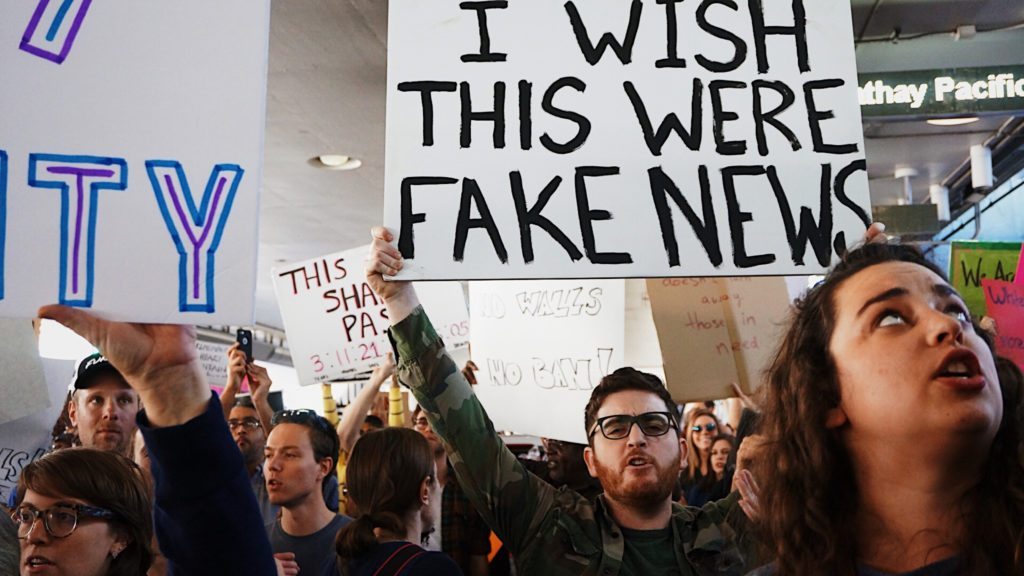Last week, we provided commentary regarding a scathing report issued by the Inspector General of the Department of Commerce (“OIG”). Since that time, the USPTO published a blog post, penned by Drew Hirshfeld, performing the functions and duties of the Under Secretary of Commerce for Intellectual Property and Director, and David Gooder, Commissioner for Trademarks. In that blog post, the two USPTO leaders agreed with the OIG’s conclusion that new controls need to be put into place to combat suspicious and fraudulent filings. Notably, the post mentioned a task force. While we won’t address that task force here, those interested in more information should read a post by Carl Oppedahl.
In the USPTO’s post, the leaders stated that: “…many foreign agents are aware of the USPTO rules, yet try to find ways to circumvent them.” We are not in a position to comment on the knowledge and intentions of foreign actors; however, we would be remiss if we did not comment on the key element that the USPTO claims is in its arsenal. To wit, the blog post indicated that: “… when an investigation uncovers attorney misconduct, we refer them to our Office of Enrollment and Discipline.” This statement presupposes that every attorney referred to the Office of Enrollment and Discipline has in fact engaged in misconduct. However, alleging misconduct and proving it are two different things.
One issue that seems to arise with frequency is the identity of who is signing trademark applications and other filings. Recent published settlements indicate multiple claims that the practitioner violated 37 CFR 2.193, which requires the personal signature entry by the named individual, and is interpreted as something of a nondelegable duty by the USPTO. It appears that many trademark practitioners are unaware of the personal signature requirement, especially for electronic signatures, and yet it is the violation of the personal signature rules that has led to several recent orders imposing discipline.
What we suggest is greater outreach to educate practitioners of the importance of the personal signature requirement, in addition to the posting of disciplinary decisions in the FOIA Reading Room. Considering the number of signature violations in recent matters, it appears that the USPTO needs to do more to inform the Bar and the Public about these “technical”—yet important—requirements. Indeed, while we commend some of the work of the USPTO, and specifically the Office of Enrollment and Discipline, more can be done to educate practitioners.
While this is no easy feat, the current process is truly a “whack-a-mole.” As, the USPTO leaders indicated, “[t]he USPTO does not have law enforcement capability, so we leverage what we do have: the ability to enforce our rules against those seeking to circumvent them.” In other words, because the Office of Enrollment and Discipline generally has no substantive jurisdiction over non-attorney filers of trademarks, they go after the attorneys who work with them—knowingly or otherwise. Indeed, while there may be unscrupulous attorneys who allegedly work with foreign agents, engage in UPL, or submit false specimens, most simply misunderstand how much authority to delegate to a foreign agent to obtain information needed (or a signature) for a trademark filing.
As such, while we don’t have the panacea, we believe it is important for the USPTO to work closely with the bar to create both education and show leniency. Following the spirit of the rules is an important way to provide fair application of the rules. After all, the bar needs notice and opportunity to come into compliance, and the unlucky few who were first in line should not be the guinea pigs for disciplinary action, or take all the blame.
